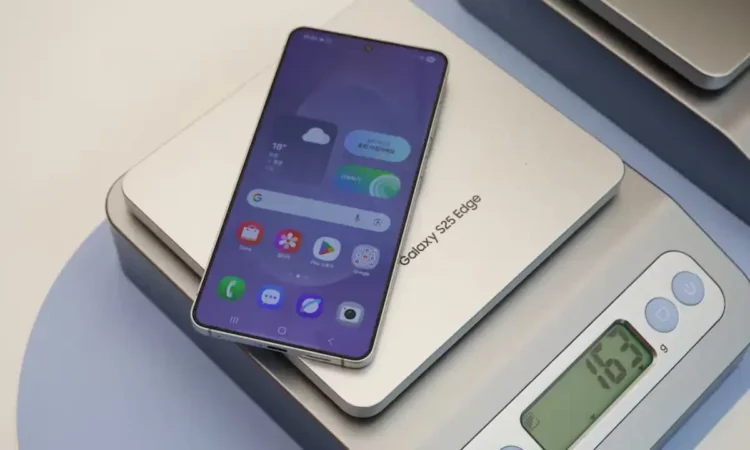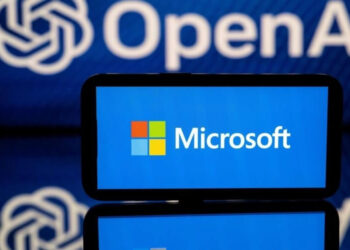Web Desk: Samsung Electronics has unveiled its slimmest flagship smartphone to date, the Galaxy S25 Edge, featuring enhanced artificial intelligence (AI) capabilities as part of its strategy to strengthen its position against rival Apple in the global premium smartphone market.
The S25 Edge launch aims to attract younger consumers, particularly those in their 20s and 30s, who prefer portable yet high-performance smartphones.
According to Samsung, the new model’s design was developed in response to consumer feedback emphasizing a desire for a thinner device that maintains strong performance. The company made major internal changes, including reducing the thickness of the printed circuit board and thermal components.
Industry analysts believe the launch was strategically timed to pre-empt Apple’s expected release of a thinner iPhone later this year.
“Samsung’s move to launch the S25 Edge earlier could influence Apple’s upcoming product and draw customers interested in ultra-slim smartphones,” said Ryu Young-ho, a senior analyst at NH Investment & Securities.
Samsung announced that the S25 Edge will go on sale in South Korea on May 23 and in the United States on May 30, followed by a rollout across 30 countries, including China and several European markets.
Priced from $1,099, the device features a 6.7-inch display and a 5.8-millimetre-thick body — larger than the base S25 but only slightly heavier. It includes advanced AI functions such as multimodal interaction, enabling users to communicate with the device through both vision and voice.
At the launch, Samsung dismissed concerns about performance or overheating issues, with Executive Vice President Moon Sung-hoon assuring that the company developed a thinner vapor chamber for heat control. “The S25 Edge can be used without any overheating concerns,” he stated.
Data from Counterpoint Research shows Samsung overtook Apple in the first quarter of 2025, securing a 20% global market share compared to Apple’s 19%. However, Samsung has cautioned that tariff-related risks could affect shipments in the upcoming quarter.
With diversified manufacturing hubs in Vietnam, India, and South Korea, Samsung remains less vulnerable to potential trade tensions compared to Apple, whose iPhones are largely assembled in China.
Recently, OnePlus introduced its 13T model for budget flagship buyers, while Apple reintroduced the iPhone 15 Pro and 15 Pro Max in Europe at reduced prices.









































































